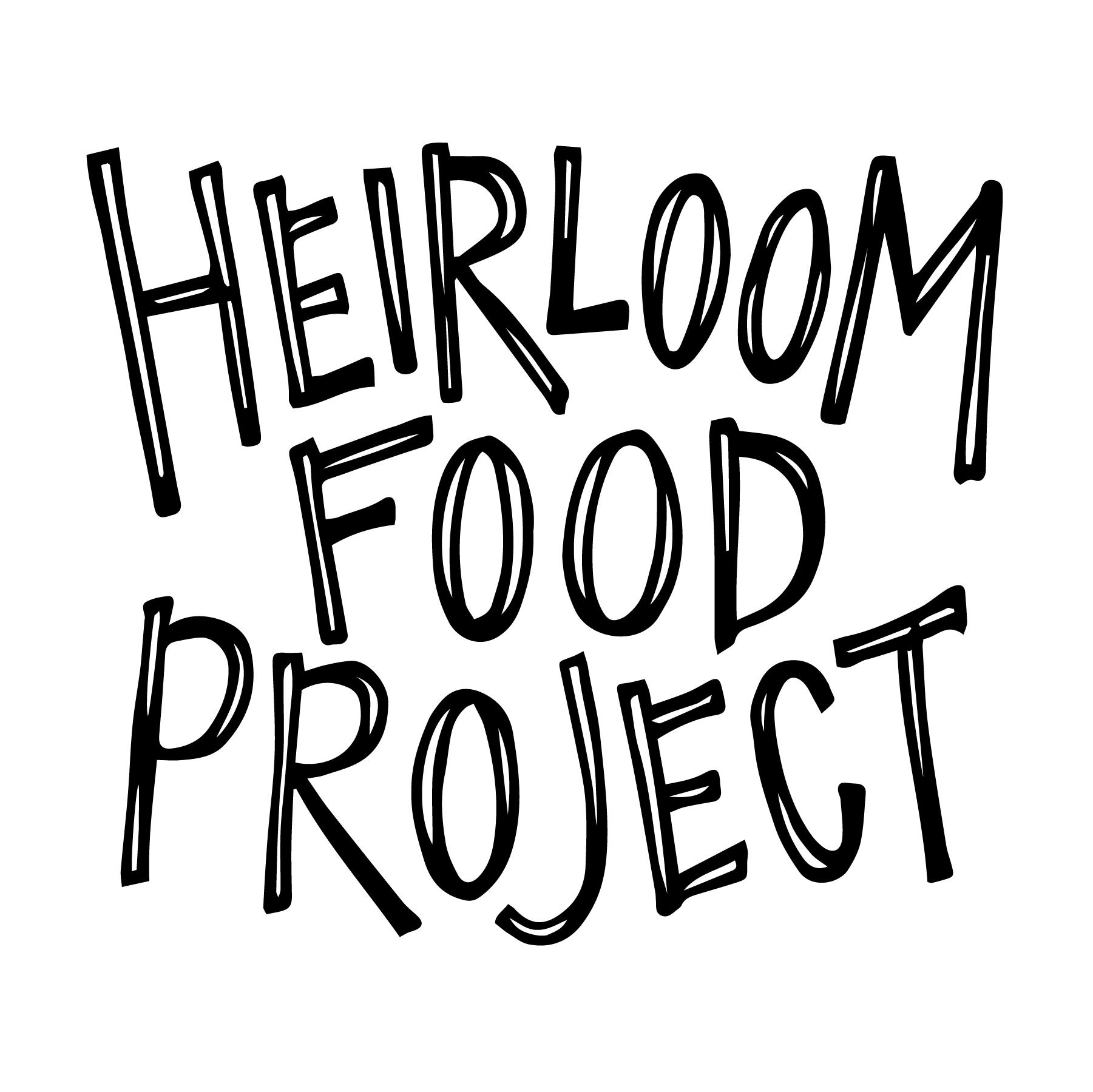Keep Your Kitchen Warm
When I arrived back in Denmark after a month away in the USA, I could only describe my kitchen in one word: cold.
It had gone unused for weeks; the fridge, the pantry, and the endless stream of dishes, had dwindled to nothing. Soon, we'd run out of our emergency stores of frozen breads and soups. The task of restocking the coffers and reigniting the routines loomed.
This business of restarting the kitchen, like building a fire from kindling and cold logs, is daunting. But once the routines are warmed up, it's easier to keep ablaze.
Over the years, I’ve learned that scratch cooking isn’t about spending hours at the stove. It’s about taking small steps each time you set foot in the kitchen. Time can do most of the work.
I simmer grains on the stove while settling in after a day’s work. I throw foil-wrapped sweet potatoes in the oven anytime of day so I can quickly incorporate them into my next three meals. When I reach into the cupboard for a snack, I also grab a bowl and some beans and start that ‘complex’ task of soaking.
My goal is to make cooking less like a start-from-square-one feat undertaken a few times a week and more like stoking a manageable flame throughout each day. I’ve cultivated a practice of keeping the kitchen warm.
Perhaps you'd like to try this approach, too? As the air turns crisp, there is no better time to light that fire and keep your kitchen warm.
A bonus recipe to get you started:
The dish that taught me this lesson is beans. Cooking dry beans seems like a big investment, but when you chunk it down into small steps on each visit to the kitchen, it becomes doable. I challenge you to ignore the simplicity of opening a can—if just once—and experience the revelation to be had in a slow-cooked bean that has bathed with rosemary:
How to Make a Soul-Satisfying Pot of Beans
The day before you want to eat them, put 1/2 cup per person of beans in a bowl and cover with at least twice as much water. Leave to soak overnight (or more; a long soak never hurt anything).
[A side note on soaking: This was my barrier for so long. All it means is that you put some beans in a bowl and cover them with water the day before you want to eat them. Try it next time you walk in the kitchen.]
The next day, strain off the liquid. Pour beans into a heavy pot with any combo of these ingredients:
Scraps like carrot stubs, celery leaves, onion and garlic skins, or parsley stems. I keep a container in the fridge and collect them through the week.
Thyme or rosemary sprigs, bay leaves, fennel seeds, peppercorns, or chile. Bundle small spices in a tea strainer or cheesecloth, or let them float freely.
Onions, carrots, fennel bulb, or garlic cloves, roughly cut in quarters or eighths.
Olive oil. Always. Beans need fat.
Don’t fret if you don’t have all of these on hand. Good beans can be made without extra trips to the market.
Cover contents with water so nothing pokes above the surface and everything has room to groove. Bring to a gentle simmer. Add salt toward the end. Keep seasoning and tasting until liquid is like a soup you’d love to eat. Cooking time hovers around 1 hour, but varies from bean to bean. Check every 15 minutes, and take Tamar Adler’s advice from An Everlasting Meal:
“Beans are done when they are velvety to their absolute middles. You should feel, as soon as you taste one, as though you want to eat another. The whole pot is only ready when five beans meet that description.”
Eat right away, or cool and refrigerate/freeze them in their liquid; they keep their texture and soak up more flavor that way. When you’re ready to use them, strain and save that broth! Employ it like stock to braise greens, cook grains, and make soups.
What to make with your cooked beans:
Beans on toast (good for well-done beans). Rub the cut side of a garlic clove on toast; smash beans on top; add grated sharp cheese, crunchy salt, and olive oil.
Soup a la Chicca, my Italian friend who revealed the secrets of beans to me, has several yummy recipes on her website.
Sautéed Beans’n’Greens. Cook any green (chard, kale, broccoli rabe), throw in the beans at the end, and serve as a side, as a meal with an egg, as a sauce for pasta.
___________
This recipe and story were edited with help from my talented friends Leila and Anthony.



